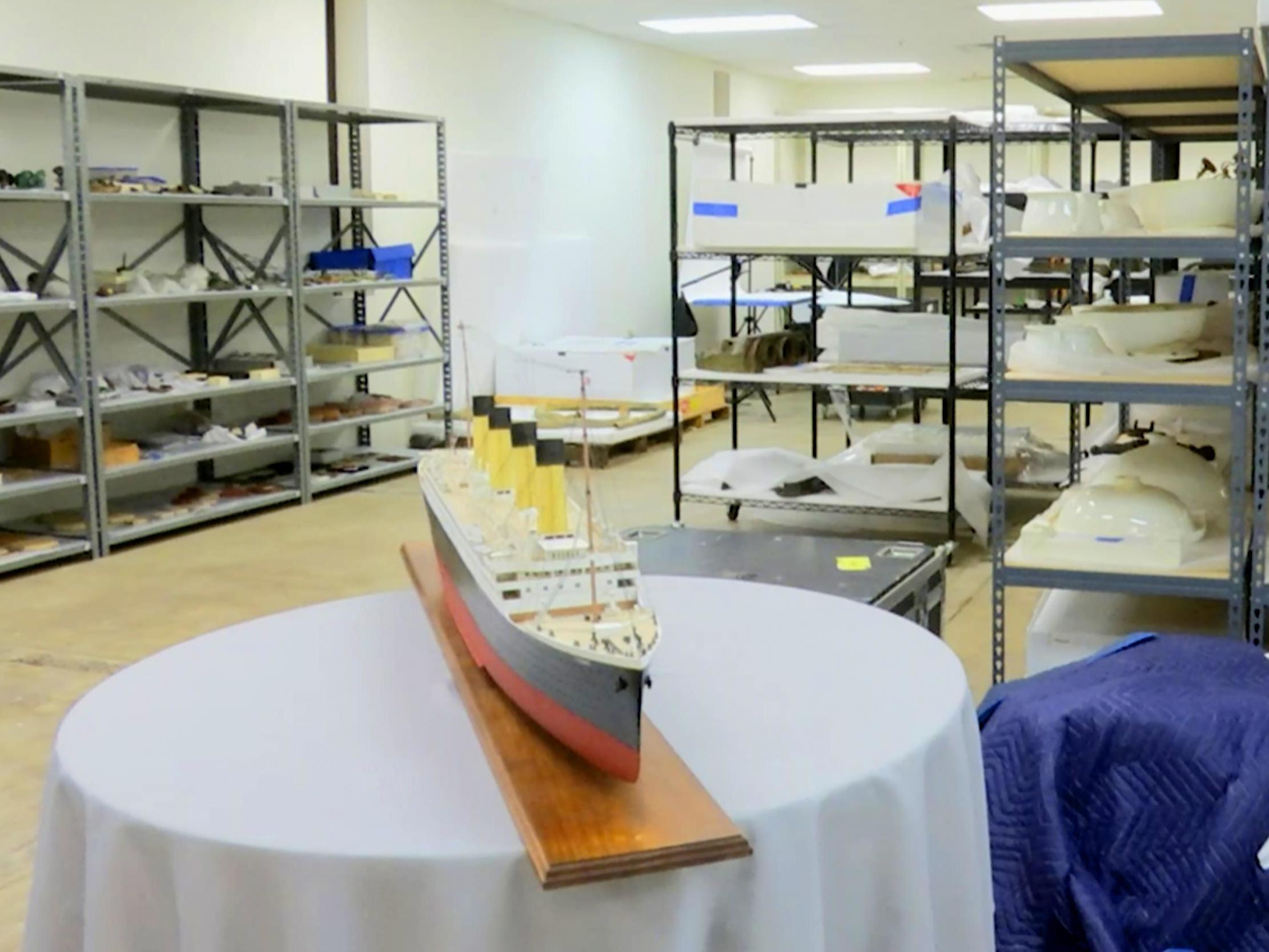Titanic telegraph machine can be removed despite 'remains of more than 1,500 people'
'Transmissions sent among those ships’ wireless operators tell the story of Titanic’s desperate fate that night,' salvage firm says

Your support helps us to tell the story
From reproductive rights to climate change to Big Tech, The Independent is on the ground when the story is developing. Whether it's investigating the financials of Elon Musk's pro-Trump PAC or producing our latest documentary, 'The A Word', which shines a light on the American women fighting for reproductive rights, we know how important it is to parse out the facts from the messaging.
At such a critical moment in US history, we need reporters on the ground. Your donation allows us to keep sending journalists to speak to both sides of the story.
The Independent is trusted by Americans across the entire political spectrum. And unlike many other quality news outlets, we choose not to lock Americans out of our reporting and analysis with paywalls. We believe quality journalism should be available to everyone, paid for by those who can afford it.
Your support makes all the difference.A judge in Virginia has allowed the removal of a wireless telegraph machine from the Titanic by a salvage firm, despite protests to leave the site undisturbed.
US District Judge Rebecca Beach Smith passed the order on Monday which will allow RMS Titanic Inc to go ahead with their plan to extract the machine from the ship's wreckage.
Ms Smith agreed with the firm that the telegraph is historically and culturally important and if left may end up lost within the rapidly decaying remains.
The judge wrote that recovering the telegraph “will contribute to the legacy left by the indelible loss of the Titanic, those who survived, and those who gave their lives in the sinking.”
The proposed expedition has proved controversial among some archaeological and preservation experts.
The National Oceanic and Atmospheric Administration (NOAA) has vehemently opposed the removal, stating that the telegraph should not be tampered with because it may be surrounded by the "mortal remains of more than 1,500 people”.
The judge while she acknowledged NOAA's arguments, they were not a formal party in the case.
The new ruling modifies a previous order by a different judge in 2000 that stated cutting or detaching from the shipwreck is forbidden.
RMS Titanic Inc, which is under new ownership after emerging from bankruptcy, plans to exhibit the wireless telegraph alongside stories of the men who used it during the sinking of the ship.
“The brief transmissions sent among those ships’ wireless operators, staccato bursts of information and emotion, tell the story of Titanic’s desperate fate that night: the confusion, chaos, panic, futility and fear,” the company wrote in court filings.
The firm submitted a 60-page plan to retrieve the telegraph through the boat's hull, which Ms Beach said meets most requirements set forth in the international agreement and other restrictions.
Critics have continually argued that disturbing the hull to retrieve the machine is a legal issue, and that the desire to leave the hull undisturbed had originally been shared with RMS Titianic Inc under its original management.
“The public interest in not disturbing the hull portions as part of a memorial was established more than three decades ago,” Ole Varmer, a retired NOAA attorney and a senior fellow at The Ocean Foundation, said.
Additional reporting by The Associated Press.
Join our commenting forum
Join thought-provoking conversations, follow other Independent readers and see their replies
Comments